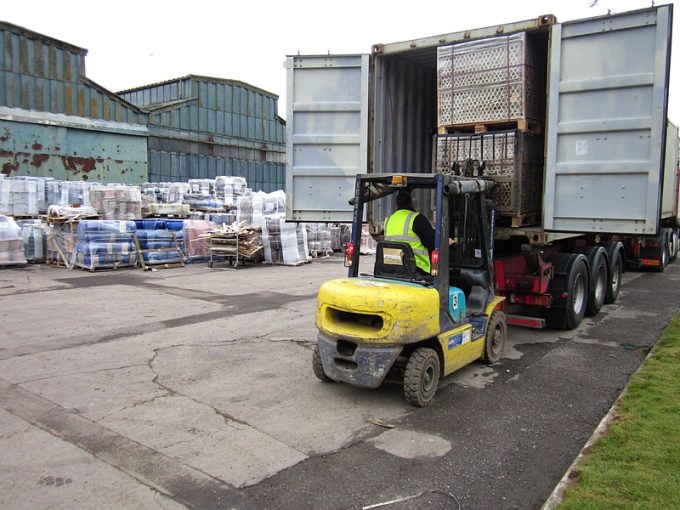Insurance claims on the rise with box ships forced to brave Cape weather
There has been a prolific rise in weather-related cargo loss and insurance claims since carriers ...

Shippers, vessel operators and container owners are locked in discussions over who should be responsible for cleaning containers, as supply chains have been identified as the major carrier source of invasive species around the globe.
New guidance from the Global Shippers’ Forum (GSF) advises shippers to ...

Comment on this article